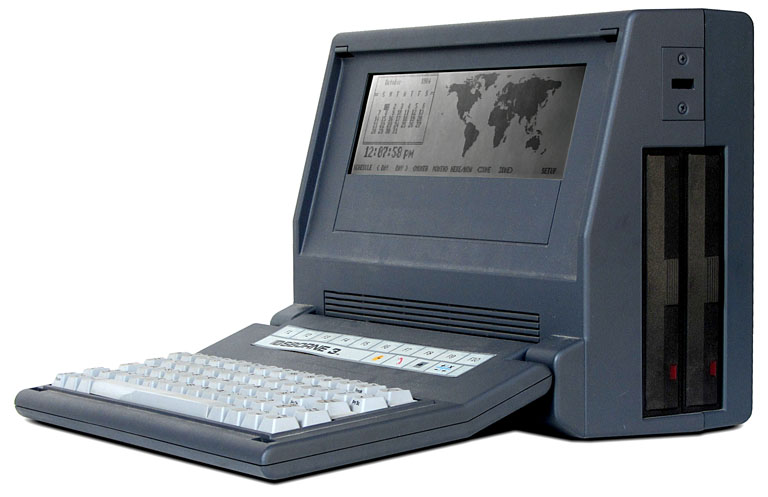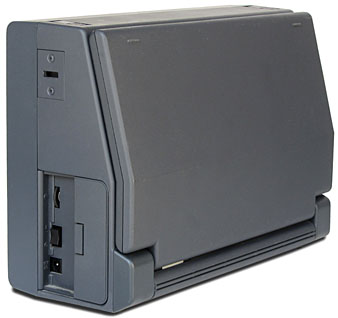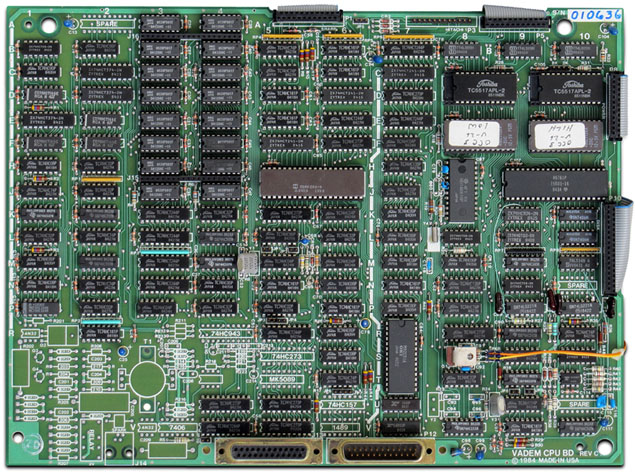|
|---|
| Osborne 3 |
| Announced: | October 1984 |
| Available: | Spring 1985 |
| Price: | US$2,995 |
| Weight: | 9.5 pounds with 1 drive, no battery |
| CPU: | Intel 80C86 @ 3.5MHz |
| Memory: | 128K-512K RAM |
| Display: | monochrome LCD, black-on-white |
| | 480x128 graphics, 80x16 lines text |
| Ports: | serial, parallel |
| Storage: | 1 or 2 built-in DS-DD 360K floppy |
| OS: | MS-DOS 2.11 on diskette |
| Power Supply: | 15vdc, center-positive |
| |
|




